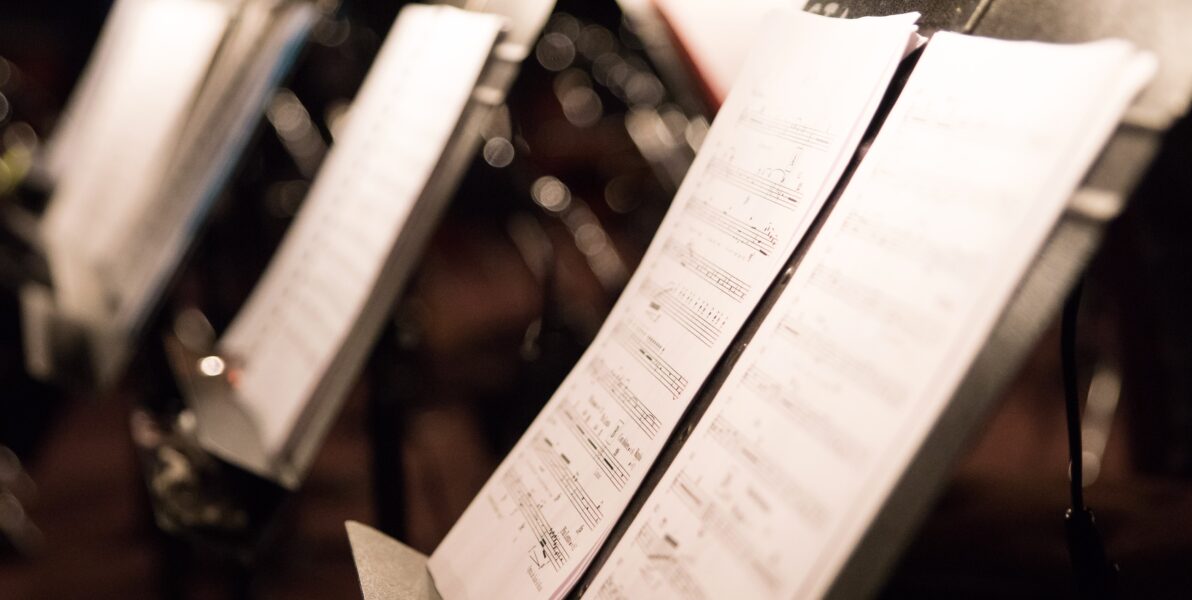Menu

Spanish early music with a modern twist, evoking the atmosphere of a gypsy encampment, is performed by this extraordinary international ensemble on rarely seen and heard instruments, creating a fusion between the worlds of early and contemporary music and dance. With their extravagant costumes and dramatic staging Eclipse create a feast for the senses. Eclipse Fusion perform ‘Gypsy Baroque’ and ‘Spanish Spice Revisited’.
'Eclipse' was a departure from Skipton Music's usual programme of recital music.
The 'Eclipse' event is possibly best described as an enlightened entertainment given by a cosmopolitan group of musicians. An Israeli playing recorders and viol. A Brazilian Flamenco guitarist. A Japanese Baroque Guitarist. A Uruguayan percussion player and a Spanish dancer. The cultural backgrounds of the performers set an intriguing scenario for a concert of Spanish music ranging from 1553 to the present day and one asks, 'why choose Spanish Music when the only Spanish performer was the dancer?'
The first part of the programme was devoted to the formal dances ranging from the 14th Century to traditional Flamenco. Most of the music was derived from manuscript fragments upon which the musicians extemporized in as near to the style of the genre as was possible. Extemporization is spontaneous, but as this group had so obviously rehearsed and played frequently, there was structure springing from familiarity. However, spontaneity was born from spirited playing and it was only when one player began in one key and the second player followed in another that we were reminded of the precarious nature of the music making. If one is to describe the form of this music in classical terminology it tends to resemble Rondo, which has a recurring theme like a chorus and variations on the theme serving as 'verses'. There is no change of either key or harmony but the complex rhythmical structures are wonderful, although they require intense concentration not only for the performer but also the listener.
Each player demonstrated and gave a brief history of their instruments mingling humour with scholarship. The Spanish dancer was elegant and expressive and delivered the early forms with haughty good taste. The interpretation of the later music was forceful, energetic and passionate.
The second part of the programme contained more modern Flamenco.
Thiago Vasques the Flamenco guitarist sang as he played with an expertise one rarely hears and he achieved that difficult task of projecting his voice from the back of the platform to the back of the hall. His Brazilian timbre was more refined than many Spanish Flamenco singers and it lent a sympathetic element to the performance.
The recorder playing was outstanding. The double recorder, which had been constructed from historic illustrations, employed half and quarter hole fingering. In times past these instruments were played using a drone from one pipe and melody from the other but Layil Barr produced a duet from two melodic lines.
Taro Takeuchi's Baroque guitar was made in 1760. It is an intimate instrument with gentle tones suited to a room rather than a municipal hall. Nonetheless it was exceedingly effective in the early music and made a substantial contribution to the later Flamenco.
Accompanying such rhythmical music Andres Ticino's percussion was indispensable. He extracted stunning and imaginative sounds from instruments that could be dismissed as rudimentary in comparison to today's sophisticated gadgetry.
When I first saw this programme I wondered if it would work successfully. My Flamenco experiences have usually been accompanied by food and drink in quite a different ambiance from the concert hall.
But the audience response was totally positive. There was a lot of foot stamping and some of the most enthusiastic applause I have heard in the Town Hall.
It was indeed an exciting and educational entertainment.
Adrienne Fox